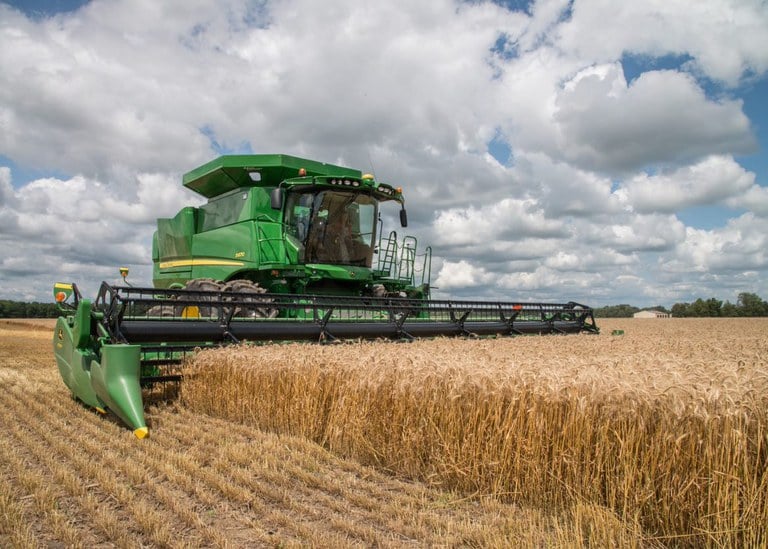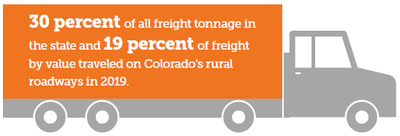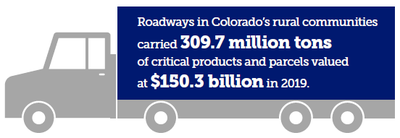Improving Rural Access
How CDOT Improves Access to Rural Colorado Communities

Rural Colorado might not have population density, but it does face significant transportation challenges.
66,000
of those 65 and older
will increase by 29%.
Whether it is freight movements on the Eastern Plains or recreation tourism in the Rocky Mountains, Colorado’s rural highways are in need of improvement. Throughout the outreach process, CDOT consistently heard about the importance of adding passing lanes to provide safe passage in mountainous terrain, particularly along corridors with high numbers of freight trucks. We also heard a lot about the need for more options for senior citizens and veterans to reach basic amenities and medical care.


Years 1-4 Highlights
Expands CDOT’s Outrider service to include communities of Lamar, Fort Lyon, Las Animas, La Junta, Swink, Rocky Ford, Manazanola and Fowler.
Improves Outrider connections in Durango, Mancos, Cortez, Dolores and Rico.
Adds new sections of passing lanes in high priority areas.
Completes reconstruction of CO 13 and CO 9.
Years 5-10 Highlights
$619 million (20%) of the unfunded project list would be dedicated to providing mobility options to rural Coloradans, including seniors and veterans.
Dozens of new passing lanes and intersection improvements.
ADA and pedestrian improvements and construction of the Southern Mountain Loop Trail, between Walsenburg and Trinidad.
